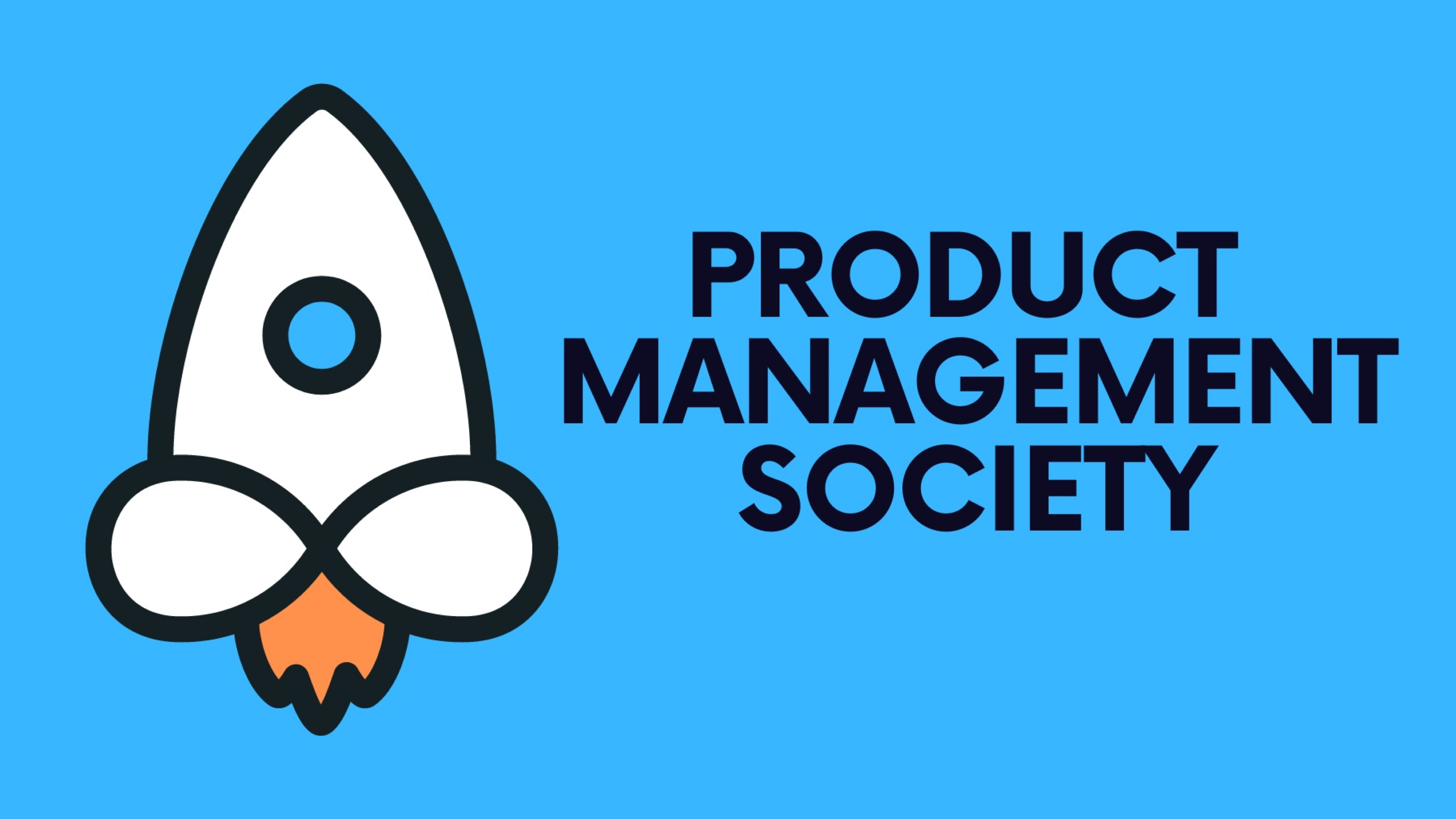A customer-centric approach to product development ensures that the end product not only meets but exceeds customer expectations, leading to higher satisfaction, loyalty, and, ultimately, business success. This article provides a comprehensive guide on how to build customer-centric products, emphasizing the importance of understanding and prioritizing the needs and desires of your customers throughout the product development process.
1. Start with Customer Research
The foundation of a customer-centric product is a deep understanding of your customers. This involves:
Thanks for reading Product Management Society! ubscribe for free to receive new weekly posts 🚀
- Conducting Surveys and Interviews: Directly engage with your customers to gather insights into their needs, preferences, and pain points.
- Creating Customer Personas: Develop detailed profiles of your target customers based on demographic, psychographic, and behavioral data.
- Mapping Customer Journeys: Visualize the steps your customers take from recognizing a need to using your product, identifying key touchpoints and opportunities for improvement.
2. Incorporate Feedback Loops
Feedback is the lifeline of customer-centric product development. Implementing continuous feedback loops allows you to:
- Iterate Based on User Feedback: Use customer feedback to make iterative improvements to your product, ensuring that it evolves in response to user needs.
- Employ Usability Testing: Test your product with real users during the development process to uncover usability issues and areas for enhancement.
- Analyze Customer Usage Data: Leverage analytics to understand how customers are using your product and identify features that are most and least engaging.
3. Foster a Culture of Empathy
Building customer-centric products requires a team that deeply empathizes with the customers. Encourage your team to:
- Adopt the Customer’s Perspective: Regularly remind your team to consider decisions from the customer's perspective.
- Encourage Cross-Functional Collaboration: Ensure that everyone from designers to developers to marketers understands and prioritizes customer needs.
- Share Customer Stories: Use real customer stories and feedback during team meetings to reinforce the focus on customer-centricity.
4. Prioritize Value Over Features
In a customer-centric approach, the emphasis should be on delivering value rather than packing the product with features.
- Focus on Solving Problems: Identify the most pressing problems your customers face and concentrate on solving them effectively.
- Simplify the User Experience: Aim for a product that is intuitive and easy to use, removing any unnecessary complexity.
- Practice Minimal Viable Product (MVP) Development: Launch with the essential features that deliver customer value and gradually add more based on feedback and demand.
5. Align Business Goals with Customer Satisfaction
Ultimately, for a product to be sustainable, it must align customer satisfaction with business goals.
- Measure Customer Satisfaction: Use metrics like Net Promoter Score (NPS), Customer Satisfaction Score (CSAT), and Customer Effort Score (CES) to gauge satisfaction.
- Analyze Customer Lifetime Value (CLV): Understand how customer satisfaction impacts the long-term value they bring to your business.
- Balance Customer Needs and Business Objectives: Ensure that your efforts to delight customers also contribute to achieving your business goals.
Recommended Reading
Conclusion
Building customer-centric products is not just a strategy; it’s a mindset that should permeate every aspect of your product development process. By putting your customers at the heart of what you do, you create products that not only meet market needs but also build lasting relationships with your users. As you continue to refine your approach, remember that the key to customer-centricity is continuous learning, adapting, and focusing on delivering exceptional value at every customer interaction.
Stay tuned for our next article, "Data-Driven Decision Making in Product Management," where we'll explore how to leverage data to make informed product decisions that align with customer needs and business objectives.
If you’re finding this newsletter valuable, consider sharing it with friends, or subscribing if you aren’t already. Also, consider coming to one of our Meetups and following us on LinkedIn ✨
Thanks for reading Product Management Society! Subscribe for free to receive new weekly posts 🚀







